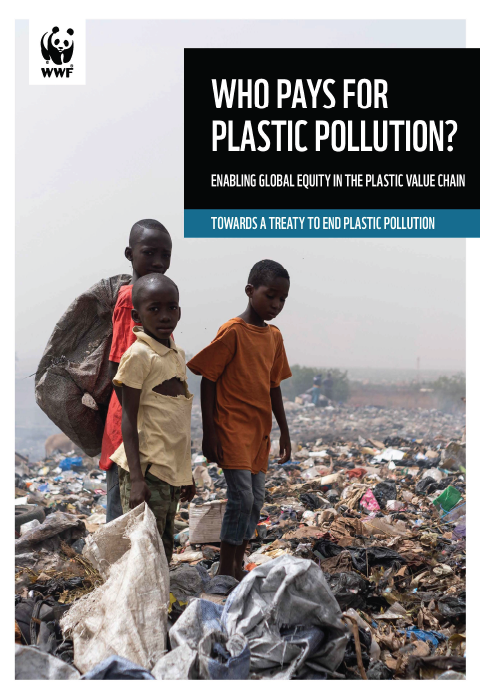The lifetime cost of plastic is 10 times higher for low-income countries than rich ones, revealing crippling inequities in the plastics value chain
 | A WWF-commissioned report developed by Dalberg warns that the true cost of plastic on our shared environment, health and economies can be as much as 10 times higher for low-income countries, even though they consume almost three times less plastic per-capita, than high-income countries. Single-use plastic now accounts for 60% of global plastic production and 70% of ocean plastic leakage. The vast majority of single-use plastic products are often too difficult or dangerous to recycle – exposing waste workers and frontline communities to unsafe working conditions, the spread of infectious diseases and increased risk of flooding. WWF calls on all governments to agree on a treaty with harmonized, binding global rules that can remove inequities reinforced and exacerbated through our current take, make, and waste plastics system. |


